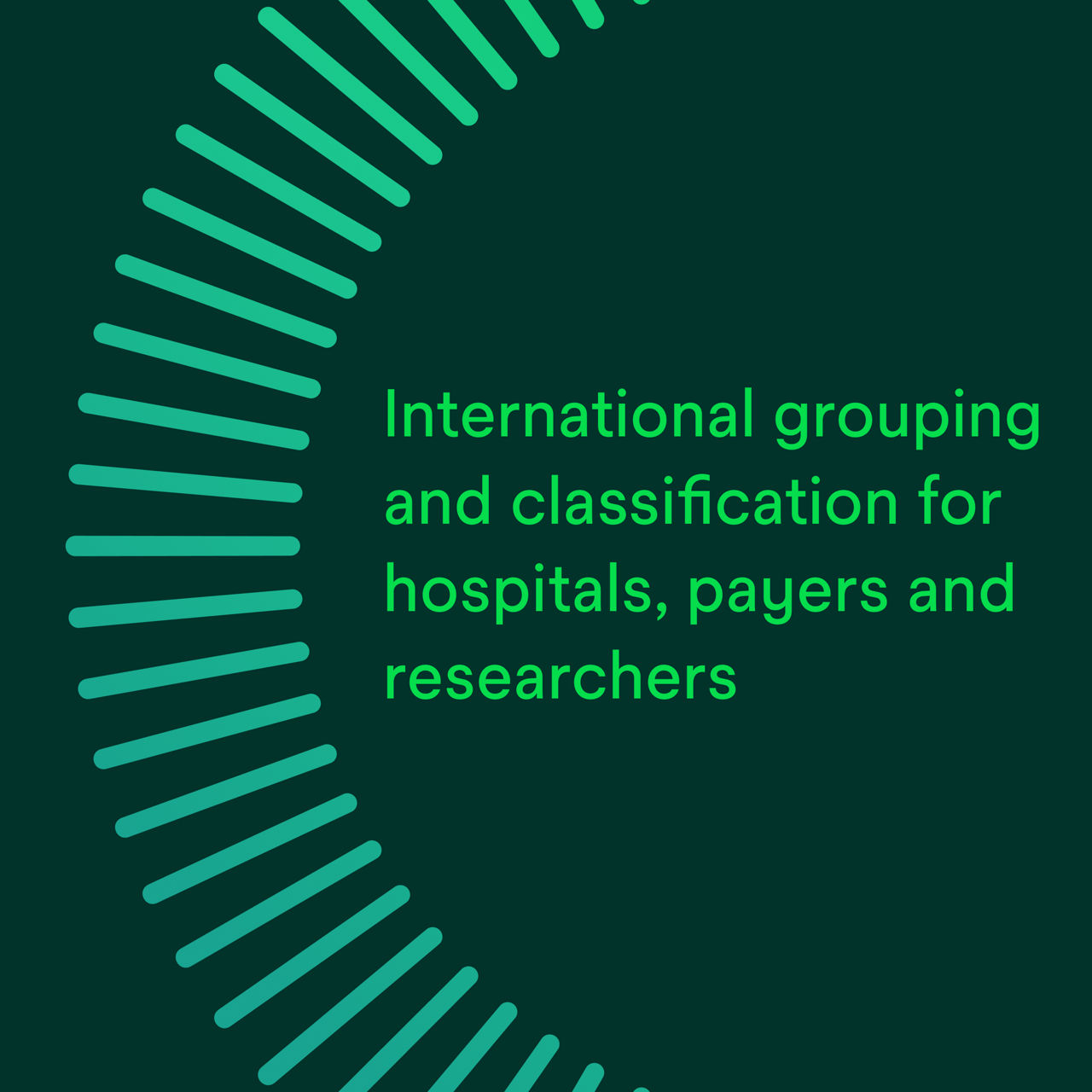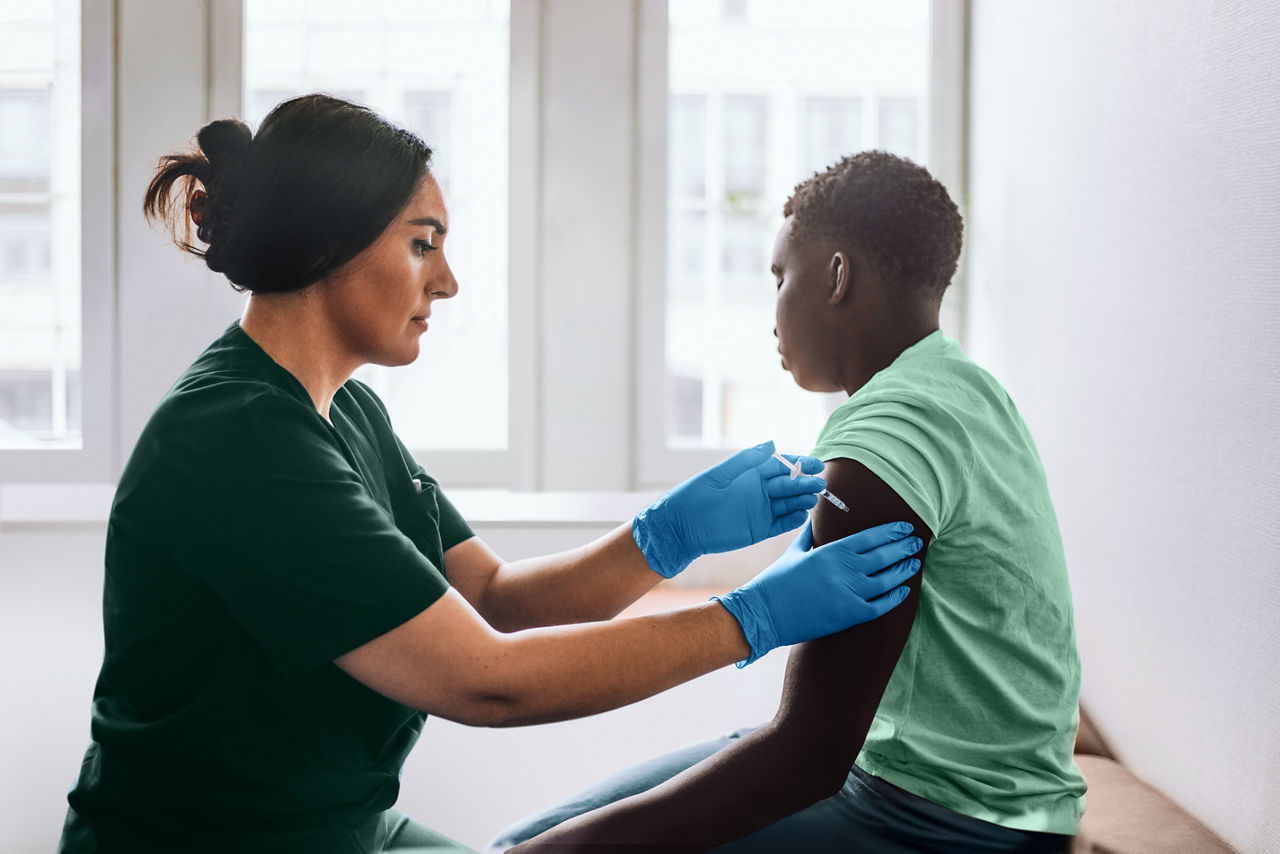The first version of the Solventum International Refined-Diagnosis Related Groups (IR DRGs) was developed to provide a patient classification system that would result in the same Solventum IR DRG assignment regardless of the coding system used. The system encompasses a wide variety of coding systems, providing an accurate basis for comparing inpatient utilization across countries.
The development objective of the second version of the Solventum IR DRGs is to create a single Solventum IR DRG classification system that can group all types of patients. Many international patients previously evaluated and treated in an inpatient setting are now being evaluated and treated in an ambulatory setting, and in many countries, there is not a clear distinction between inpatient and ambulatory care. This trend created the need for a single Solventum IR DRG system that spans the complete continuum of care settings.
Since Solventum IR DRG version 2.0, the Solventum IR DRGs have encompassed all patient settings except long-term care. Solventum IR DRGs can group all types of inpatients and ambulatory patients.
The system’s inpatient component is derived from the Solventum™ All Patient Refined Diagnosis Related Groups (APR DRGs) Classification System Classification System and includes three levels of adjustment for severity of illness to better capture the complexity of modern health care using fewer categories than other DRG systems. The core ambulatory component is derived from Solventum Ambulatory Patient Groups (APGs), predecessor of the Solventum™ Enhanced Ambulatory Patient Groups (EAPGs) Classification System, and the Ambulatory Payment Classification (APCs), developed for Centers of Medicare and Medicaid Services.
Solventum IR DRGs use different procedure types and categories to discriminate between procedural groups and allocate specific Major Diagnostic Categories (MDCs), when applicable. Unlike other less sophisticated grouping methodologies, Solventum IR DRGs natively support ICD-10 WHO and ICD-10-CM (USA) diagnoses, ICD-10 PCS (USA) procedures, CPT® interventions classification, as well as variants and predecessor versions such as ICD-9-CM.
The latest version of Solventum IR DRGs uses the full capacity of the ICD-10-CM diagnosis and intervention codes. This helps to link with quality and outcome measures by using indicators from the Solventum™ Potentially Preventable Readmissions (PPRs) Classification System Grouping Software. Indicators from the Solventum™ Potentially Preventable Complications (PPCs) Classification System Grouping Software are also used to identify present-on-admission flags and generate admission and discharge data for the Solventum IR DRGs.
Solventum IR DRGs are continuously maintained to reflect current knowledge and classifications used worldwide, accommodating country-specific modifications and procedure coding systems. The Solventum IR DRG classification system contains the powerful severity-of-illness (SOI) subclasses for payment and production efficiency measurement and the risk-of-mortality (ROM) subclasses to evaluate quality.
Solventum calculates and releases a set of statistics for each version of Solventum IR DRG based on our analysis of large, national data sets. These statistics include a relative weight for each Solventum IR DRG. The relative weight reflects the average resource use for a patient in that Solventum IR DRG relative to the average Solventum IR DRG. Please note that payers and other users of the Solventum IR DRG methodology are responsible for using relative weights appropriate for their populations.
Further information on the Solventum IR DRG logic is available in the Solventum IR DRG white paper (PDF, 475 KB)opens in a new tab. The Solventum IR DRG logic is proprietary to Solventum and maintained by a team of Solventum clinicians, data analysts, nosologists, programmers and economists. The methodology is updated annually to reflect changes in the standard diagnosis and procedure code sets as well as Solventum enhancements to the clinical logic.








